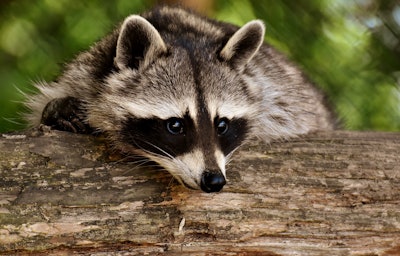
While most cases of highly pathogenic avian influenza (HPAI) in North America during the past two and a half years have been of the H5N1 serotype, the number of positive detections of H5N5 avian influenza is increasing.
The World Organisation for Animal Health (WOAH) on April 12 reported that two racoons in Canada tested positive for an H5N5 variant of the virus. The tests were conducted at national laboratories.
One of the raccoons was found in Halifax, Nova Scotia, while the other was found in Charlottetown, Prince Edward Island.
To date, there have been no confirmed cases of H5N5 in commercial poultry in Canada or the United States, but there have been prior instances in eastern Canada in other bird and mammal species. Earlier in the month, also in Charlottetown, four racoons and one striped skunk tested positive for the virus, as well as a red fox in Halifax.
Numerous species of wild birds also tested positive for H5N5 HPAI in Nova Scotia, Prince Edward Island and Newfoundland and Labrador, between February 2023 and January 2024. Among those species are American crows, great black-backed gulls, herring gulls, northern fulmars and black-legged kittiwakes.
According to WOAH, since none of those H5N5 cases affected commercial poultry, they should not have any impact on international poultry trade.
H5N6 also appeared in Canada
Another HPAI serotype – H5N6 – has appeared in Canada. The first detection of that variant was confirmed in late 2022 in a blue-winged teal in Manitoba.
Since that time, several other HPAI cases of an H5 variant in Canada have been reported to the WOAH, but the N type has not yet been disclosed. Those cases have appeared in another blue-winged teal in Manitoba, a great horned owl in Alberta, a double-crested cormorant in Ontario, a common goldeneye in Saskatchewan and a rough-legged hawk in Saskatchewan.
To learn more about HPAI cases in commercial poultry flocks in the United States, Canada and Mexico, see an interactive map on WATTPoultry.com.
Read our ongoing coverage of the global avian influenza outbreak.


















